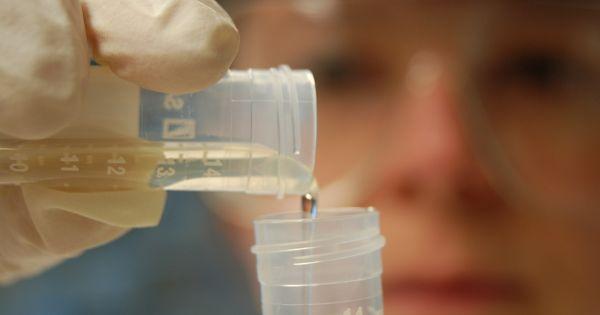
Purity is the absence of contaminants in a substance. Matter is more efficient when pure, and there are different methods to determine if a substance is pure. Here’s a brief look at how chemical purity is determined.
Boiling and Melting Point Determination
We can use the physical properties of a substance to determine its purity; boiling and melting points are two of these properties. Pure substances have specific boiling and melting points, and alloyed matter has various boiling and melting points. If an impurity is present, a substance could have a lower melting point and a higher boiling point than its pure form.
Pure Standard Physical Comparison
This method is a simple way to inspect purity. You’ll compare a substance with a certified pure sample. Here are a few areas you’ll want to test:
- Visual comparison
- Physical comparison
- Taste test (if the substance is edible)
- Smell test (if the substance is nontoxic)
During the visual comparison, look for things that cause discoloration to the substance, like dirt. Physical comparisons can shed light on areas that appear different than the pure sample. Sniff the substance for any unfamiliar or foul odors to suggest impurities. A difference in taste could also signify impurities.
Testing Purity With Analytical Methods
Analytical methods have proven to be the most accurate way to test the purity of a substance. Many different industries utilize these methods, which pinpoint any impurities found.
There are more advanced spectroscopic or light-based methods in the category, including nuclear magnetic resonance, infrared spectroscopy, and UV-VIS spectroscopy. There are also chromatography methods, such as liquid or gas chromatography.
Colorimetric Methods
Colorimetric methods typically involve using a chemical to identify impurities in the substance. It will turn the chemical into a specific color alerting you of contaminants. The different colorimetric methods are simple, but they won’t tell you the percent or amount of impurities.
Forensic scientists often use colorimetric methods to identify illegal drugs and determine their purity.
Moravek understands the importance of determining chemical purity. This brief look provided insight into the different methods. We offer chemical purity testing for those who need it and have various assessment levels for all your pharmaceutical needs.
